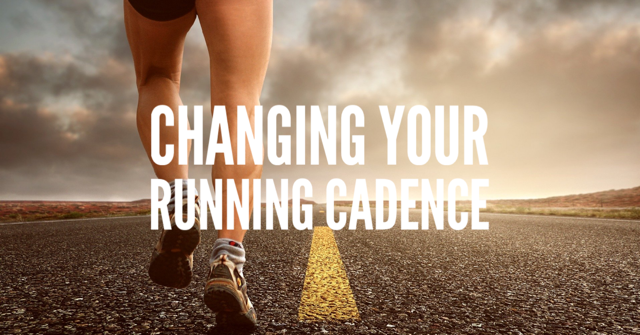As running season begins, we’ve had a few discussions this week about changing running cadence. We thought it would be useful to pull together our knowledge and advice into a blog post.
What is running cadence?
Simply put, its the number of strides you take within a minute. Most fitness trackers will record this, accuracy can vary though so it can be useful to count your steps over a thirty second period and multiply by two (doing this on a treadmill or flat route will give you a clearer result).
Why do Physio’s care about cadence?
increasing running cadence between 5-15% can decrease the force going through the front of the knee by up to 20%. This can be a really useful consideration in runners with pain in the front of the knee (patellofemoral pain).
Increased cadence can also encourage increased midfoot strike. This is positive as heel striking can lead to a breaking effect which can cause deceleration and lead to injuries.
What is the optimum cadence?
Cadence can vary widely and each person will have a slightly different ‘optimum’, but it’s usually considered to be between 170-180 strides per minute.
How do we change cadence?
Current advice is to increase cadence by up to 7.5%. It’s very specific, but higher than this can be hard to sustain. In our experience, using a metronome app for short periods running on the treadmill, has been the easiest way to achieve a difference. As you increase cadence, try and maintain the same pace. Trying to alter cadence while running outdoors initially, can be challenging due to the variability of the terrain. With practice, the cadence changes will become easier to maintain and will then translate from the treadmill into those outdoor/longer runs.
Good luck & get in touch if you have any questions.



